Start date August 25, 1944 | ||
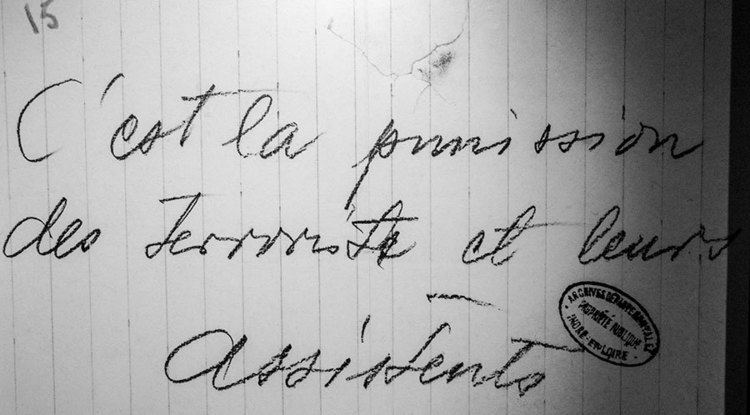 | ||
The Maillé Massacre refers to the murder on 25 August 1944 of 124 of the 500 residents of the commune of Maillé in the department of the Indre-et-Loire. Following an ambush a few days before and in reprisals against activities of the French Resistance, Second Lieutenant Gustav Schlüter and his men organized the massacre and burnt the village. Forty-eight children were among the dead. The SS unit believed to be responsible for the massacre is the SS-Feldersatzbataillon 17 of 17th SS Panzergrenadier Division Götz von Berlichingen (Lieb, 2007). In contrast to Oradour-sur-Glane, the village was rebuilt after the war to its pre-war state (Delahousse, 2008).
Contents
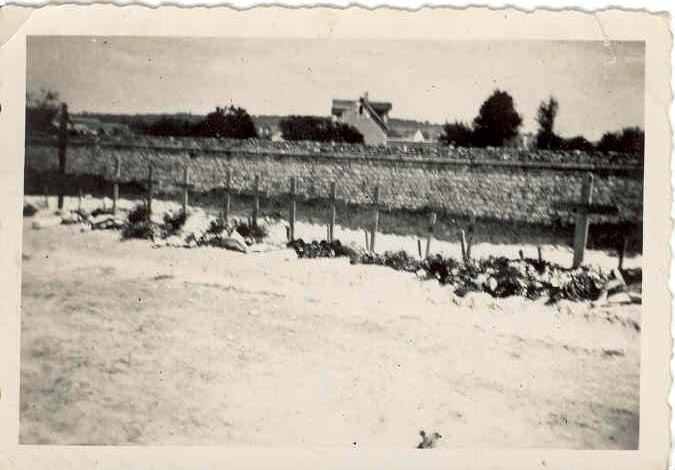
Development of events
On the evening of August 24, 1944, skirmishes between the French Forces of the Interior (FFI) and German troops took place near a farm in the commune of Maillé. Gustave Schlüter, commander of the German control post at Sainte-Maure-de-Touraine, mobilized his men and two train-mounted artillery pieces (Chevereau & Forlivesi, 2005; Delahousse, 2008; Payon, 1945; Lieb, 2007).
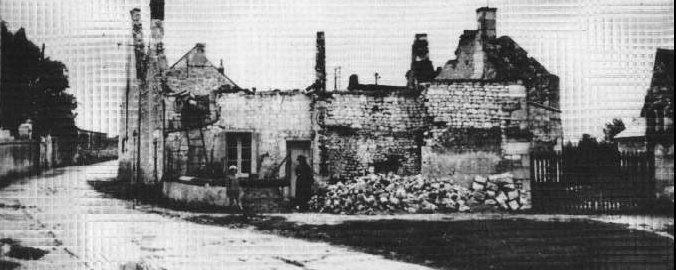
The next morning, Maillé was closed off by German forces. One artillery piece was destroyed by the attacking RAF. The first farms were then set on fire and their residents killed. About noon, the SS entered the village and the systematic killing began. Some wounded who had pretended to be dead, were later shot down when they attempted to escape (Chevereau & Forlivesi, 2005; Delahousse, 2008; Payon, 1945).
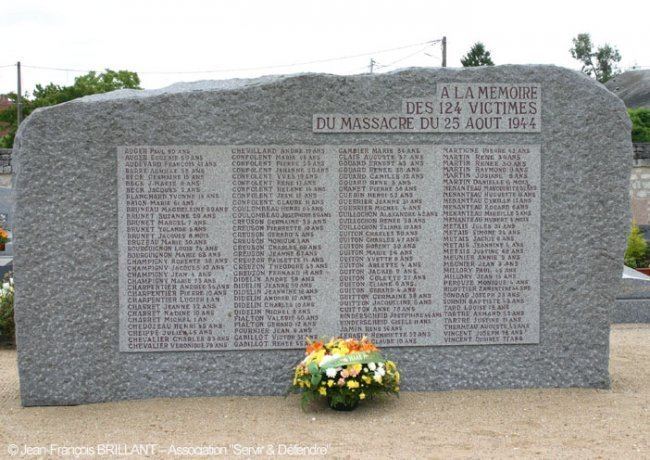
About 1:00 pm the artillery bombardment began, demolishing the village and any who might have survived the initial onslaught. The soldiers were also there to ensure that survivors were shot on sight. By late afternoon calm returned, and the few survivors could only look upon the spectacle with sadness. The intervention of abbot André Payon was needed so that they could leave to take shelter in neighboring villages.

In less than four hours, entire families were slaughtered by the Waffen SS, many of whose soldiers were only 16 and 17 years old (Chevereau & Forlivesi, 2005; Delahousse, 2008; Payon, 1945).
Commemoration
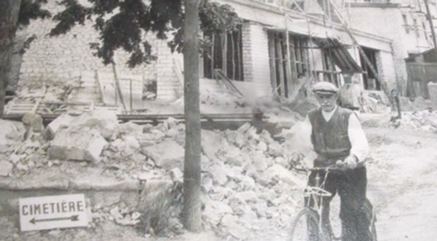
The principal bibliographic resources are the memoirs of abbot André Payon, published for many years by the Conseil Général of the Indre-et-Loire (Payon, 1945).

Since March 9, 2006, a memorial museum Maison du Souvenir has been open to the general public in the Café Métais, in Maillé. The museum shows collections of photos and artifacts commemorating the village of Maillé and those killed during the massacre (Chevereau & Forlivesi, 2005; Delahousse, 2008; Payon, 1945). A German study on German anti-partisan warfare in France during the Second World War revealed some new facts on the possible SS perpetrators (Lieb, 2007).
War crime prosecution

Gustav Schlüter was condemned in absentia in Bordeaux in 1953, yet he died peacefully at his home in Germany in 1965 (Chevereau & Forlivesi, 2005; Delahousse, 2008; Payon, 1945).
On August 1, 2005, the public prosecutor of Dortmund, Ulrich Maass, reopened the inquiry, resulting in a visit to Maillé in July 2008. It was clarified that Germany has no statute of limitations on war crimes, and German judicial system reserves the right of initiative in such cases. (Chevereau & Forlivesi, 2005; Delahousse, 2008; Payon, 1945)
